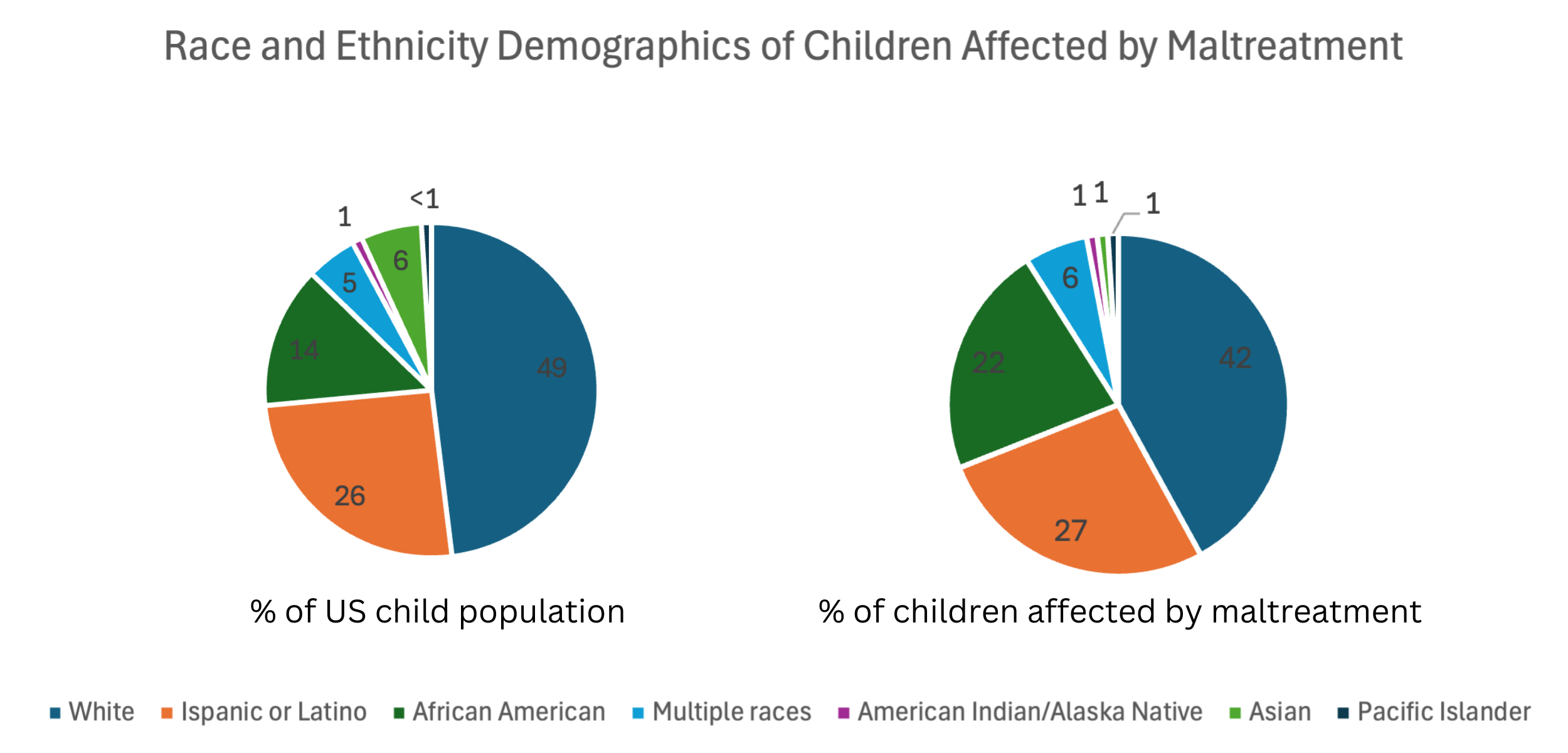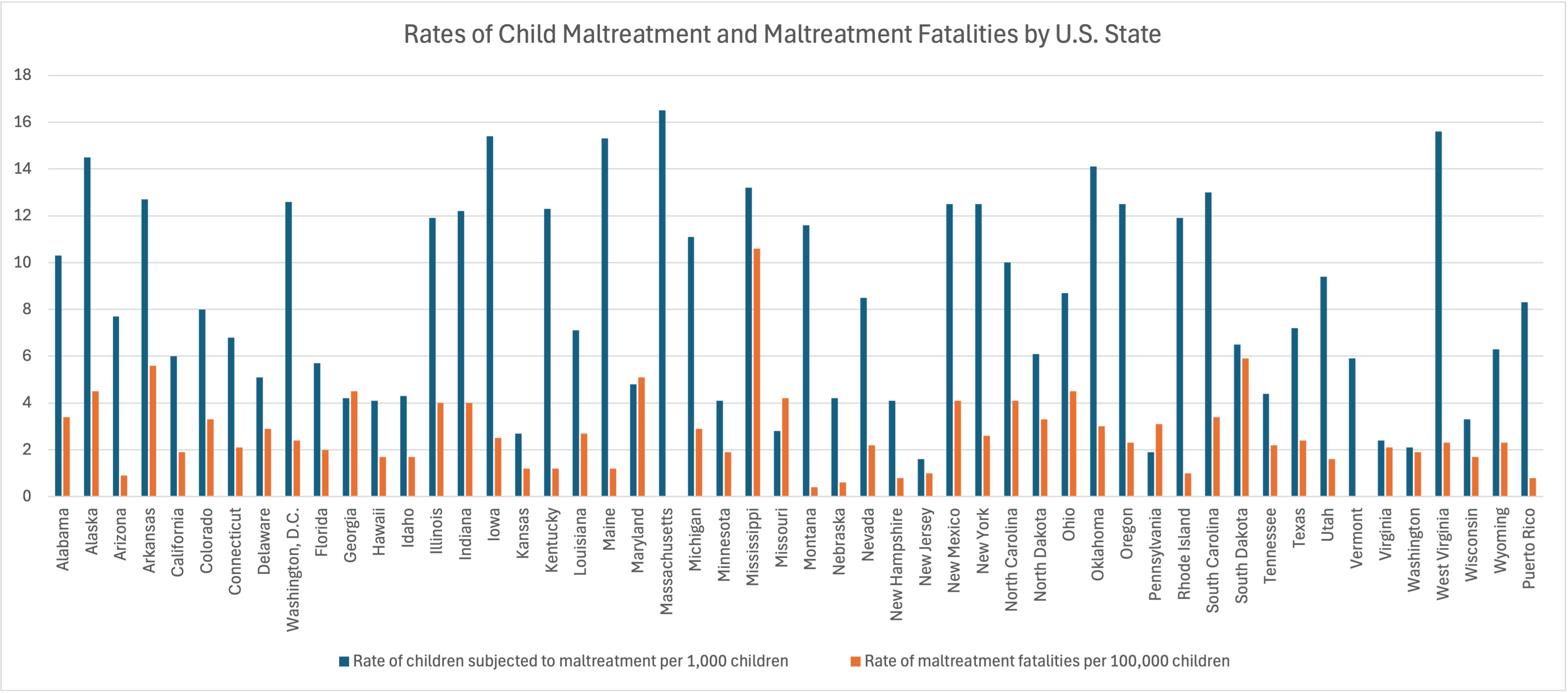Child Abuse & Neglect 1
Session: Child Abuse & Neglect 1
348 - Unseen Scars: Breaking the Cycle of Child Maltreatment and Paving the Way to Healing
Sunday, April 27, 2025
8:30am - 10:45am HST
Publication Number: 348.6981
Bhumika Bheemavarapu, NewYork-Presbyterian Morgan Stanley Children's Hospital, Rajahmundry, Andhra Pradesh, India; Anjani Mahesh Kumar Cherukuri, Icahn School of Medicine at Mount Sinai, Guntur, Andhra Pradesh, India; Sai Sneha Paruchuri, Indiana University School of Medicine, Bloomington, IN, United States

Bhumika Bheemavarapu, MD (she/her/hers)
Pediatric Resident
Akron Children's
Rajahmundry, Andhra Pradesh, India
Presenting Author(s)
Background: Child maltreatment constitutes a significant public health crisis, impacting millions of children worldwide. In the United States, over half a million children are affected annually, with nearly 2,000 lives lost to maltreatment in 2022. These alarming statistics underscore the urgent need for comprehensive strategies to prevent such harm and protect vulnerable children.
Objective: The study aims to conduct a thorough evaluation of the National Data Archives on Child Abuse, focusing on factors contributing to these distressing outcomes and uncovering research gaps to support the development of robust maltreatment screening protocols for children.
Design/Methods: We undertook a comprehensive evaluation of the National Data Archives on Child Abuse for 2022, utilizing a nationally representative survey that provides state-specific data on all investigated reports of maltreatment submitted to state child protective service agencies. The data is collected over the federal fiscal year 2022 and encompasses all children from birth to 17 years of age.
Results: In 2021-2022, there were 3,585,838 referrals to Child Welfare Agencies for maltreatment, with 2,111,527 (59%) meeting investigation criteria. Overall, 3,075,275 children received investigations or assessments, resulting in a rate of 42.2 per 1,000 children. Among these, 557,274 cases were confirmed as maltreatment, leading to 1,955 child fatalities. Neglect was the most common type of maltreatment (74%), followed by physical abuse (17%), sexual abuse (11%), and psychological maltreatment (7%). Children aged 0-3 years represented the largest group affected (33%), followed by those aged 4-7 years (22%). The rate of children subjected to maltreatment per 1,000 children was highest in Massachusetts(16.5) and lowest in New Jersey(1.6).
Conclusion(s): The 2021-2022 data on child maltreatment underscores the urgent need for enhanced preventive strategies. Disparities in the demographics of children subjected to maltreatment highlight the need for culturally sensitive interventions and unbiased assessment tools. The USPSTF notes the evidence gaps for the creation of clear primary care guidelines for preventing maltreatment in children without evident abuse signs. Future research must establish validated risk assessments linked to feasible interventions considering age, social factors and race/ethnicity. Standardized, bias-free outcome measures are essential to accurately assess effectiveness and avoid unintended harms, such as stigmatization, thus enabling more effective, evidence-based screening guidelines.
Race and Ethnicity Demographics of Children Affected by Maltreatment

State by State Statistics of Child Welfare Referrals and Maltreatments
.png)
Rates of Child Maltreatment and Maltreatment Fatalities by U.S. States


